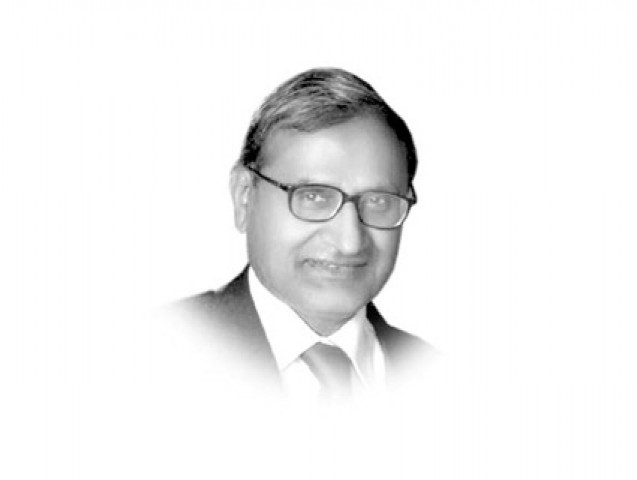The days of the chief executive
Musharraf opted for the theocratic Bangladesh model in Pakistan, which failed and leaft the country worse off.

Economic evidence, however, belies the benignity and efficiency of the techno-structure raised by the chief executive in fiscal years 1999-2000, 2000-01 and 2000-02. With an annual GDP growth of three per cent and an inflation rate of 3.8 per cent, the economy was in recession. Fixed investment was declining, implying low demand for the import of capital goods. These low imports, together with the doubling of remittances by overseas Pakistanis in a single year owing to the 9/11 attacks, meant that the current account deficit was also low. A policy of austerity was adopted. Despite a small cabinet, absence of assemblies and political allocations, a cut in the defence expenditure was also taken in order to demonstrate the seriousness of the policy, while fiscal deficit averaged 4.7 per cent per annum.
It was in these three years that the seeds of the present energy crisis were sown. Wapda was stopped from undertaking any new thermal projects. Its role was confined to hydroelectric generation. The private sector was expected to invest in thermal units. A competent technocratic set-up, backed by the unchallenged authority of the state, failed to start construction of any major dams. In fact, the chairman of Wapda, a general inherited from the Nawaz Sharif government, spent more time hounding the independent power producers than pushing for hydro projects. The net result was that the public sector failed to invest in hydroelectric projects and the private sector was chased away from investment in thermal projects. Inevitably, the installed capacity declined from 18,700 MW in 1998-99 to 17,700 in 2001-02. In contrast, the gas supply increased from 818.3 MCF to 923.8 MCF. Honesty was not considered the best policy in the distribution of CNG stations and the allocation of this valuable resource to friends and relatives was done with impunity.
The poor and the social sector were neither on the radar screen of the chief executive, nor among the core competencies of his platoon of technocrats. The headcount of the poverty ratio rose sharply from 30.6 per cent in 1998-99 to 34.5 per cent in 2000-01. The unemployment rate increased from six per cent to 7.8 per cent. The health expenditure stagnated at 0.7 per cent of the GDP and education expenditure fell from 2.1 per cent of the GDP to 1.7 per cent.
A technocratic set-up, the so-called Bangladesh solution, is advocated to stabilise the economy, resolve structural issues which have been ignored by politicians and curb corruption. However, the Bangladesh solution failed in Bangladesh. The two ladies are alive and kicking. Thus, unsurprisingly, it also failed in Pakistan and Musharraf himself took most of the corrupt politicians back under his wings. The lesson to be learned here is that political problems can only be resolved politically. In this very process, the increasing maturity of the political class and the participation of the people, create and nurture stakeholders for economic stability and growth. The route to a lasting constituency for sustainable development is through more and more democracy, not technocracy.
Published in The Express Tribune, September 28th, 2012.















COMMENTS
Comments are moderated and generally will be posted if they are on-topic and not abusive.
For more information, please see our Comments FAQ